Buy HD e-Books & Text —— www.ccelian.com
the Art of Nao
Scrolls: 1 . 2a . 2b . 3 . 4 . 5 . 6 . 7 . 8 . 9 . 10 . 11 . 12 . 13 . 14 . 15 . 16 . 17 .
18 . 19 . 20 . 21 . 22 . 23 . 24 . 25 . 26 . 27 . 28 . 29 . 30 . 31 . 32 . 33 . 34 .
< Scroll 13 ____________________________________________________ Scroll 15 >
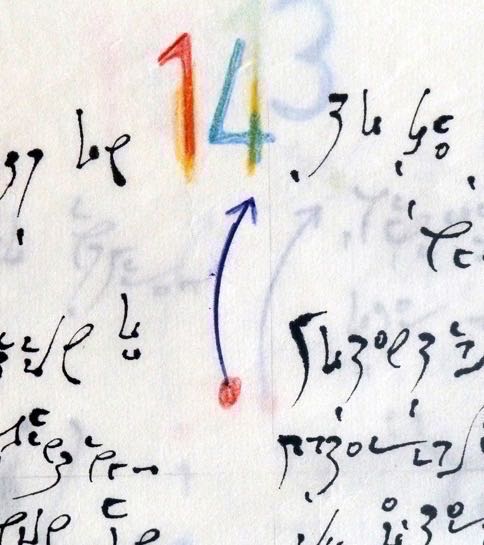
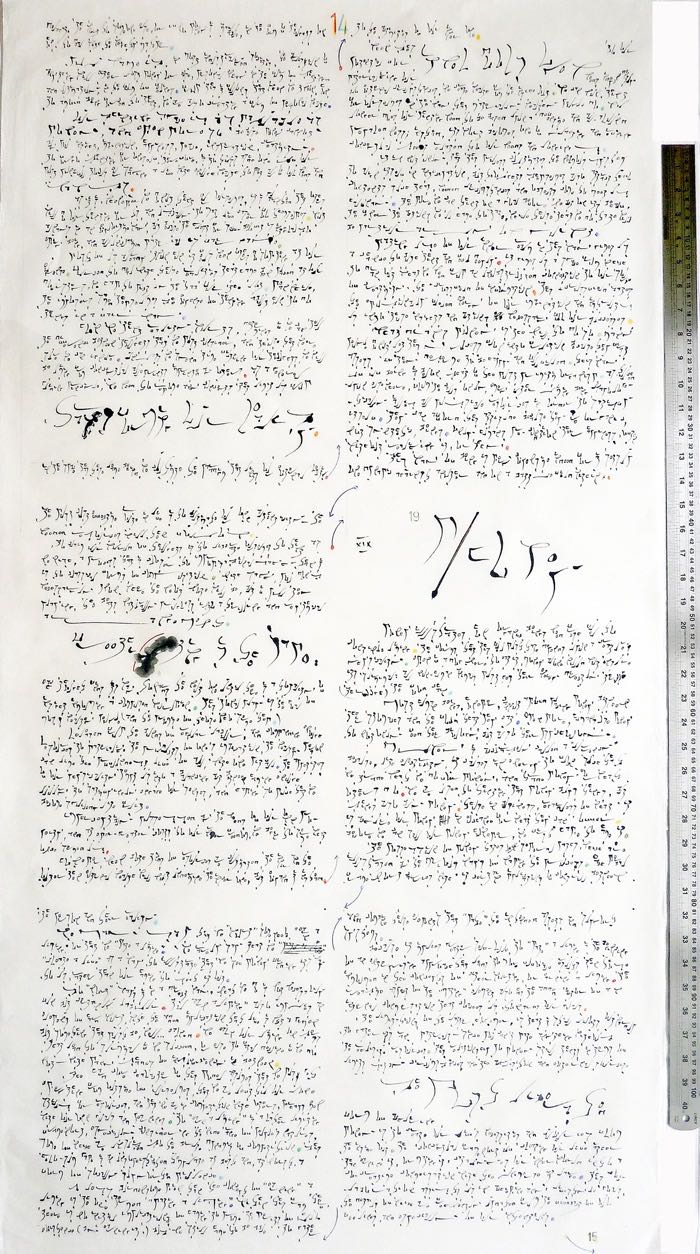
Scroll 14 . 70 x 134 cm / 27.5 x 52.7 inches
_________________________
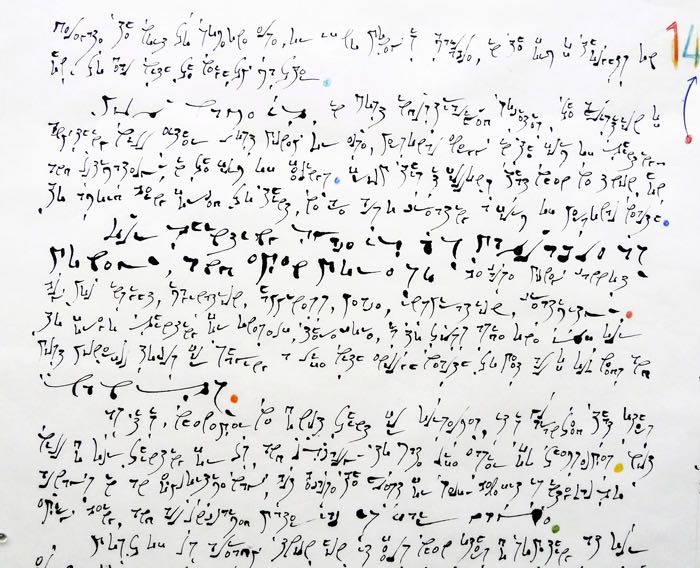
Scroll 14-section 1.1
> delegate the work to someone else, or, if no money is available, in the form of thoughts on how to deal with the weighty matter.
You name it, in most industrialized societies, the acquisition of anything will either cost money or else, personal energy in the form of thinking—and ultimately, in the form of feelings. From this it follows that when we know how to avoid being forced to think, we are also creating a form of personal wealth.
Our thinking space is as valuable as money and even more so because money cannot buy you insight, imagination, happiness, peace, inspiration, or creativity. To forego thinking for oneself, therefore, is to toss aside one of our most powerful tools for shaping a life with enough wealth to meet all of our needs & wants.
As it is, whenever we do not think for ourselves, it is guaranteed that others will do our thinking for us, and usually to make life easier for themselves. Not always in an exploitative way, but because the quest for self-benefit is integral to every being, and all unclaimed material is fair game.
__________________
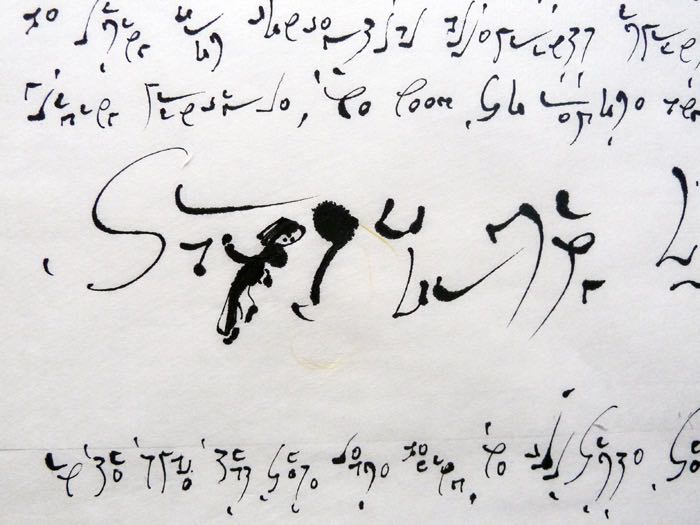
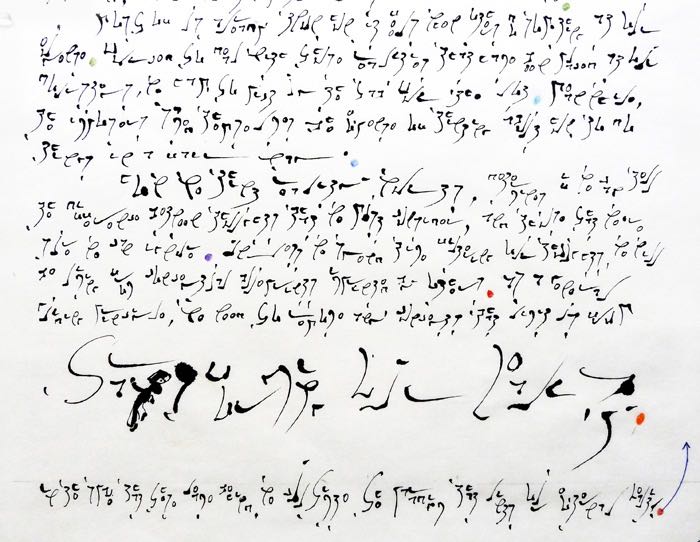
Scroll 14-section 1.2
Most of us already know how it feels when others do something at our expense. Forced to deal with those realities that have bern placed at our doorstep, we pick up the tab for the lot. Meanwhile, the imposers saved themselves the expense of thinking about how to do things in a fair way.
How we think reality really works determines if we can tell the difference between thoughts that we must consider, and those that we’re sure we can ignore. Unless we spend some time filtering our thoughts, we will be living from conceptual blueprints imprinted by others. As a general guiding principle, we need to remove any concepts that limit us from transforming our reality. In the space these leave behind, we cultivate the paradigm that links our external reality >
__________________
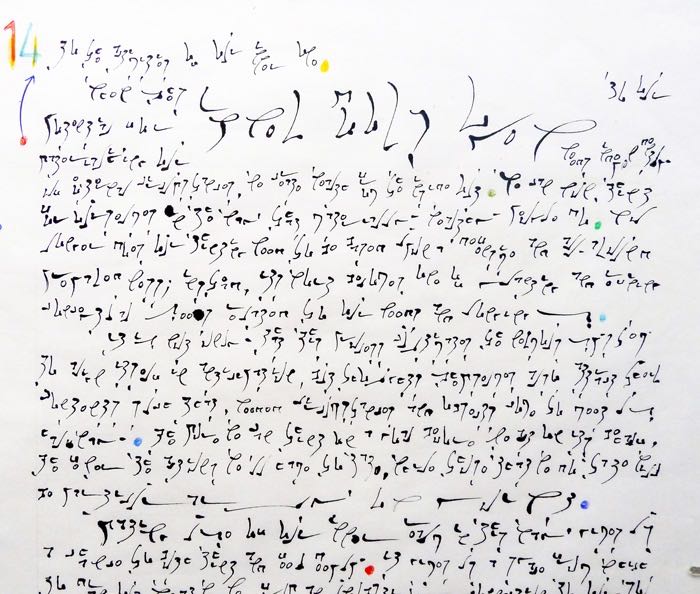
Scroll 14-section 2.1
> to the activities of our inner one.
When these inner doors open to our potential for materializing our needs independently of external circumstances, we create wealth from the inside out. We can now think for ourselves in the way that materially wealthy people do. No longer does our thinking need to be based upon a defensive and all-around preparedness; instead, its work becomes one of planting and refining conceptual seeds related to our needs and longings.
It is not only that this process cultivates the nervous system to align itself in anticipation, but thoughts themselves also attract their contents such that, needed circumstances and objects come to meet us halfway. The more we can think on a goal before we act on its behalf, the fewer the actions we will have to take, while those that we do take will be particularly to the point.
Making use of our inner realm in this way gives us a chance to both think and feel deeply.
__________________
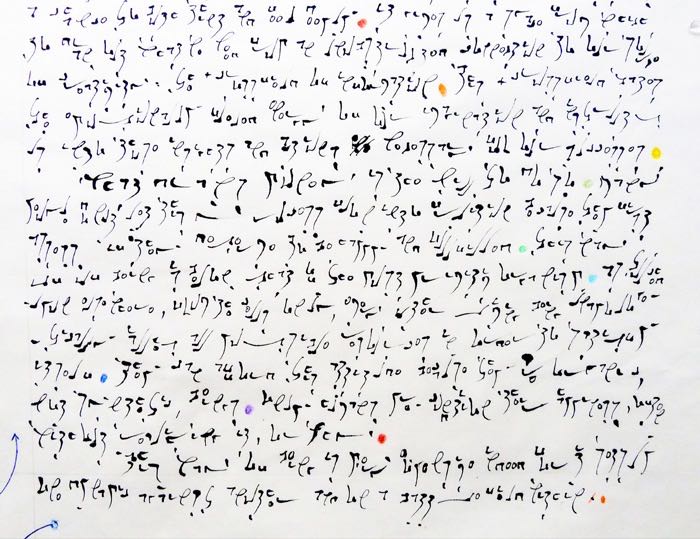
Scroll 14-section 2.2
It gives us a space from which to draw out what we need from an unobstructed connection to our source of creativity: the +crossfield of information. This +crossfield takes the emotionally fueled energy of our imagination and instructs us into those actions necessary for our successes.
What draws money is the will to do so. Many people do not let this process flow into fruition because they first assess if they deserve to be happy and fullfilled. This way of being is below that of even the most primitive organism. As touched upon elsewhere, from the cells on up, every other living being unapologetically rallies all possible resources in order to satisfy itself. They can afford this attitude because they are organic, not synthetic, beings. Only humans pre-condition their happiness, often without realizing it, or why.
This way of being is very expensive indeed; it sets up one thought against another on a battlefield within.
_______________
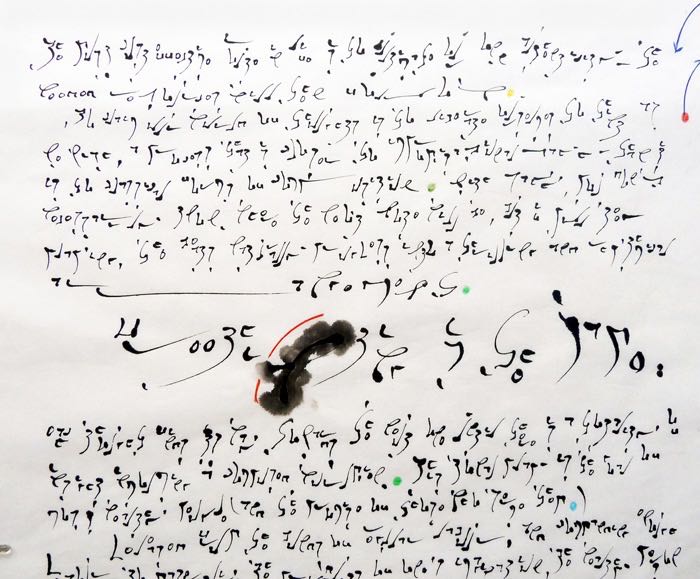
Scroll 14-section 3.1
The most cost-effective route in life is to cultivate our own authenticity—the needed resources will then follow.
To claim our world of thoughts is to liberate ourselves to think as we wish, a process that is closer to improvisational jazz than it is to classical forms of composition. With jazz, you don’t necessarily know where the next note will be, but if you keep playing, the beats naturally progress into a thrilling and rhythmical arrangement.
Freethinking is the same: each thought finds its way towards the next one until there is a totality of insight involving a composed worldview. This tonal play is the goal of most wealthy people (and the promise of those who serve them.)
_________________
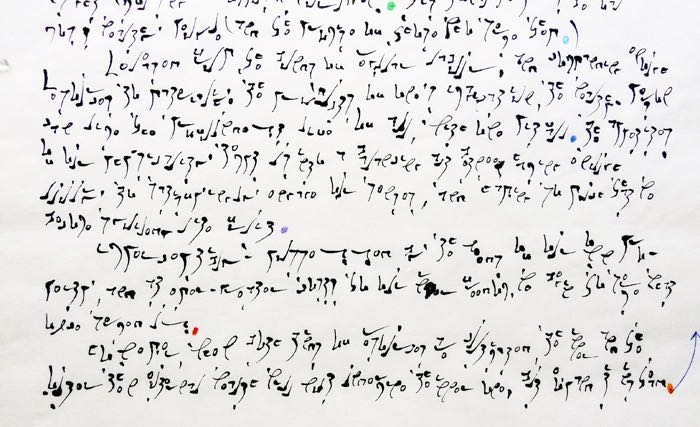
Scroll 14-section 3.2
Released from the bonds of regular labour, and commanding enough resources to materialize the products of one’s imagination, the wealthy person can live the profoundest life of all, with one pitfall. The appetites of our physicality tempt us into a balancing act between having enough luxury to satisfyingly engage our senses, and having so much that we become spoiled—like fruit.
Imperceptibly possessed by the needs of our own possessions and at ever-greater costs to our inner freedom, we begin to serve what once served us.
However, when both kinds of resources are cultivated, the inner and the outer, then external wealth will not undermine inner wealth, but expand it instead.
______________
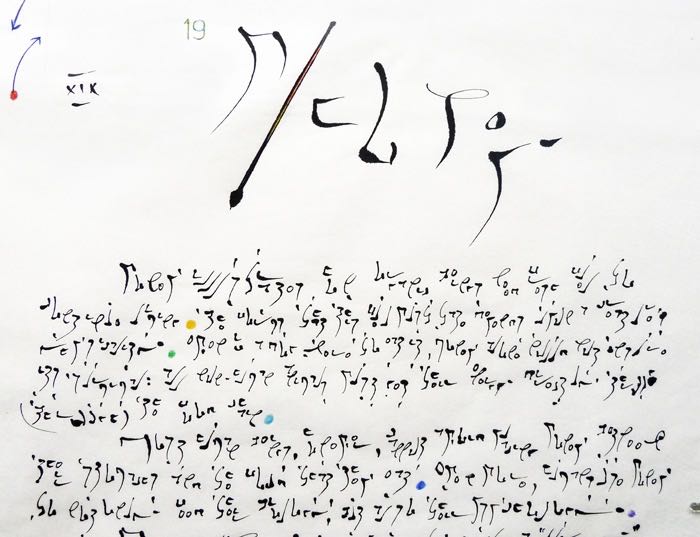
Scroll 14-section 4.1
19 M/Honey
Money illustrates how organic beings need fresh fuel to continue living. The form that this fuel must take depends upon a creature’s physicality. Even if a dog were to eat it, money alone would not ensure its survival: all non-human animals must get their energy directly from the food chain.
Most human beings, however, cannot avoid placing money between their stomachs and the food that they eat. Even more, humans use money to not only feed their biology, but also their psychology.
_______________
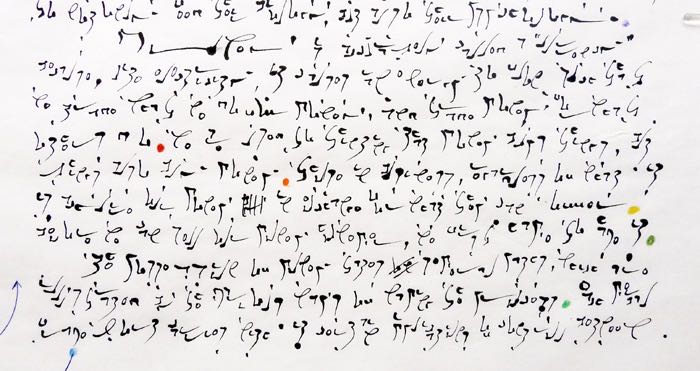
Scroll 14-section 4.2
Money is accurately called a “currency” because, like electricity, it causes raw energy to flow such that we trade what we do for money, and trade money for what others do. We are used to thinking that money buys things, but things also buy money. Those in business, regardless of what it is, acquire our money in exchange for what they can offer. Before we can sell our money, however, we first have to have it.
The possession of money takes on several paths, which are illustrated by the various ways of naming the process. Each verbal framework carries with it certain implications of control between >
_______________
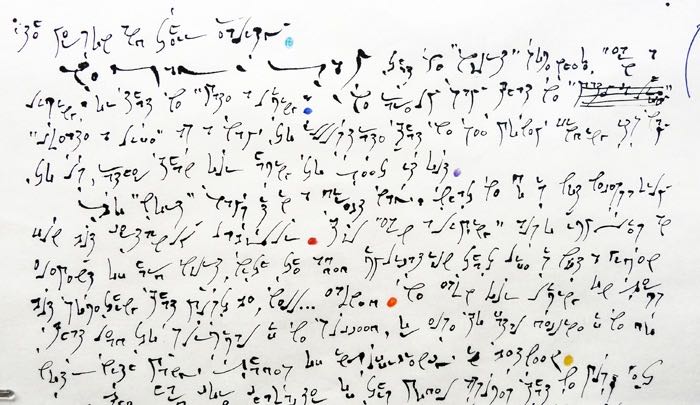
Scroll 14-section 5.1
> the person and their reality.
We may say that we ”work” somewhere, “earn a living,” or that we ”make a living.” We rarely say that we ”create a life,” as a way to illustrate that we see money finding its way to us, rather than our having to seek it out.
To “work” says it in a direct way: what we do is not necessarily fun but certainly labour. To "earn a living" also implies an element of hard work, with the added implication that life is not a given but something that must be, well…earned. We earn our living on terms that lead to survival if we succeed, or else to fatal decline if we do not—with many shades of insufficiency in between.
____________________
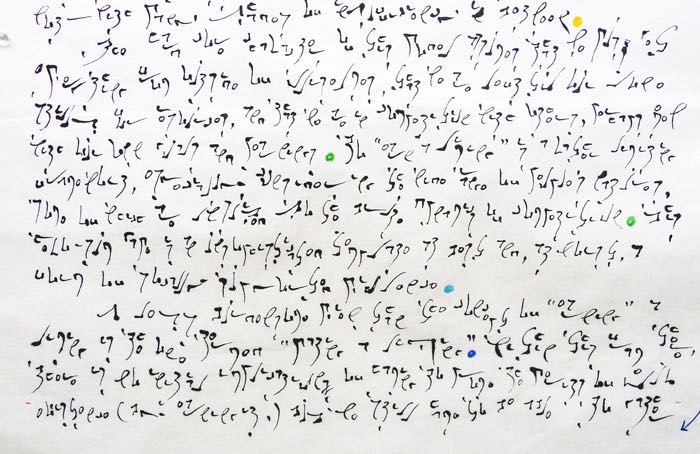
Scroll 14-section 5.2
The hard-core character of this model assumes that we must get everything from outside of ourselves, that we are left to our lone skills for resources, and that we are in competition with others, perhaps even with our own goals and yearnings. To “earn a living” is a rather limited framework, especially considering the wide range of people’s natures, some of which are unsuited to the brute dynamics of competition. This zero-sum game is an unsophisticated template at best and, at worst, a form of socially supported violence.
A less burdensome view than the concept of “earning” a living is the one termed ”making a living.” Within this frame, there is no initial implication of having to prove the merits of our existence (by earning it), but we still have to be able to gather >
___________________
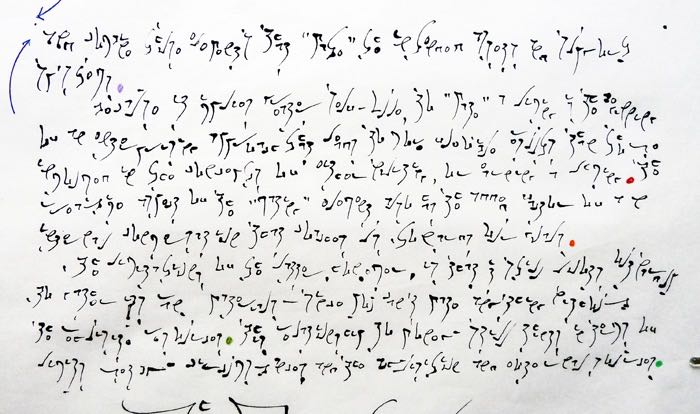
Scroll 14-section 6.1
> and combine those elements that “make” the intended assets and support systems.
Because it implies greater self-rule, to “make” a living is the beginning of an enterprising approach that leads to more flexible results than those involved in the concepts of either working, or earning a living. The creative aspect of the ”making” element also has the added factor of an internal conversation that coaches us towards our goals.
The limitations inherent in the latter, however, is that it still looks outwardly to gather its raw materials—since you can’t “make” anything without the requisite resources. This relationship to money still thinks in terms of limits set by circumstances and external sources.
________________
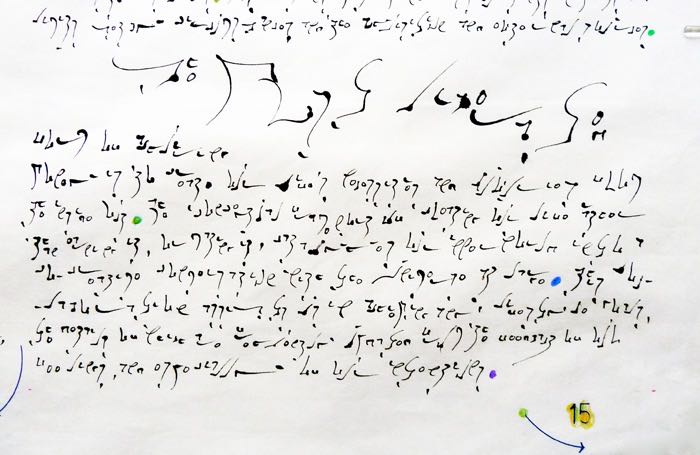
Scroll 14-section 6.2 — End of Scroll 14
The most liberated form of acquiring money is to create our life’s necessities and luxuries from the inside out. The conceptual framework of creating our life rather than earning it, or making it, catalyzes our inner world into a co-creative conversation with the universe at large. This collaboration assists us in achieving any lifestyle goals, the details of which are frequently updated from the feedback of our feelings and especially, of our intentions.
< Scroll 13 ____________________________________________________ Scroll 15 >
Scrolls: 1 . 2a . 2b . 3 . 4 . 5 . 6 . 7 . 8 . 9 . 10 . 11 . 12 . 13 . 14 . 15 . 16 . 17 .
18 . 19 . 20 . 21 . 22 . 23 . 24 . 25 . 26 . 27 . 28 . 29 . 30 . 31 . 32 . 33 . 34 .
Buy HD e-Books & Text —— www.ccelian.com
© C.C. Elian 2010 - 2016